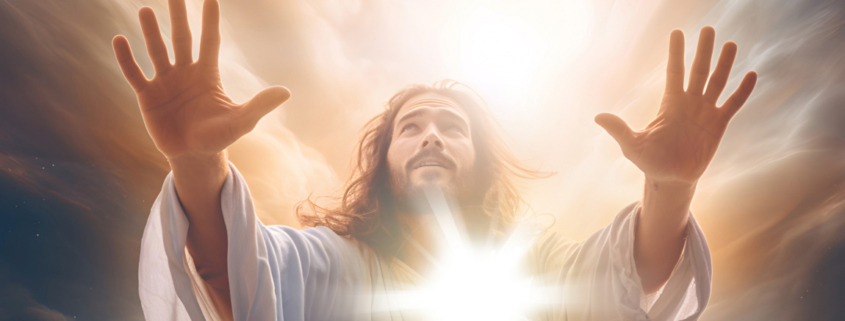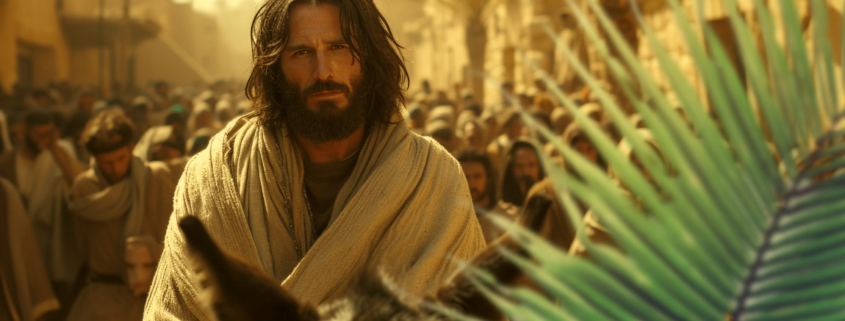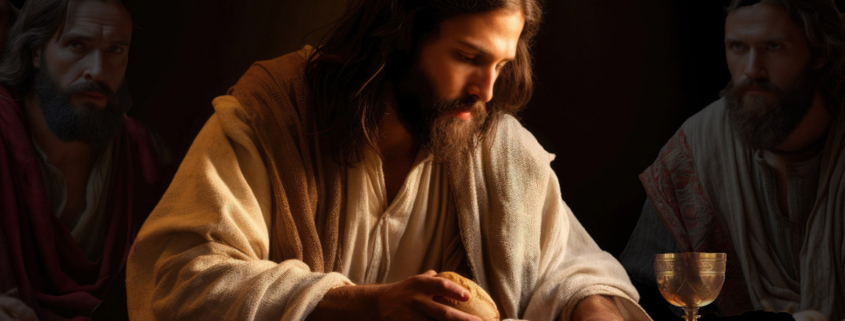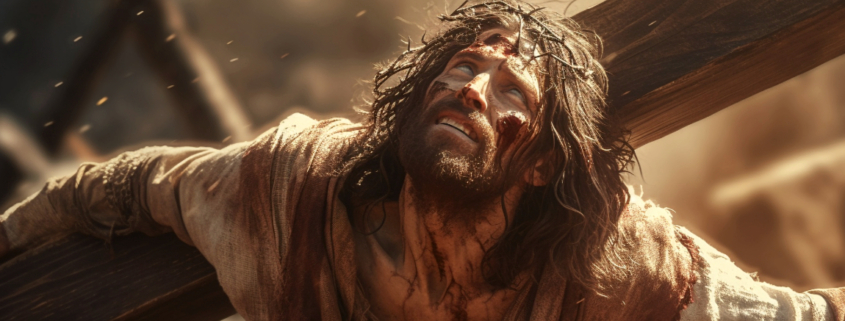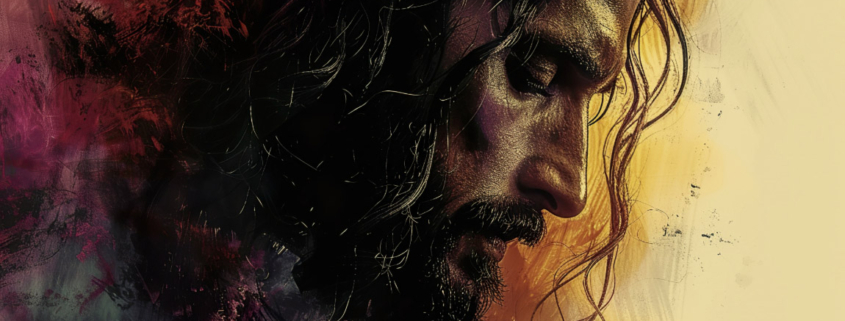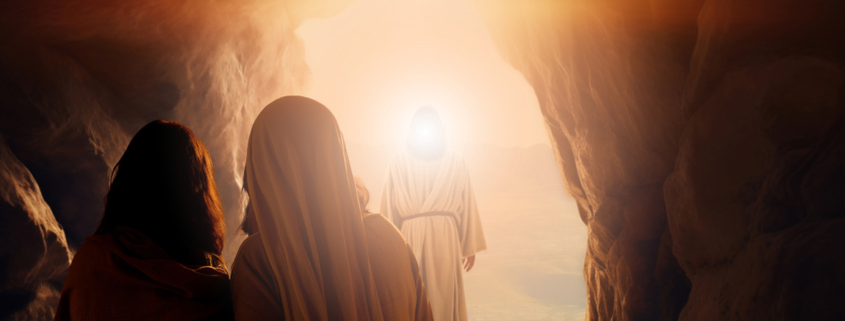Promised Beforehand
“Don’t take my word for it—check it out!” With the important things in life, that’s the approach we take, isn’t it? When we buy a home, we don’t just take the owner’s word that the house is in good shape; instead, we have the home inspected. There’s too much at stake, so we check it out!
Wouldn’t it be nice if you could “inspect” Christianity? If you could check out Jesus to see if he’s the “real deal”?
We have that opportunity, because hundreds of years before Jesus’ birth, God made a bunch of promises about Jesus. Now we can make an inspection—does Jesus match up? Does he “check out”? There are more than 50 such promises—here is a sample:
- Promise: The Savior would be from the bloodline of Abraham (Genesis 12:2-3), Isaac (Genesis 21:12), and David (Jeremiah 23:5).
- Reality: Jesus’ lineage included each (cf. Matthew 1 and Luke 3).
- Promise: The Savior would be severely punished and pierced through (Isaiah 53:5).
- Reality: Jesus was whipped, then crucified (Matthew 27:26).
- Promise: The Savior would ride a donkey (Zechariah 9:9).
- Reality: When Jesus entered Jerusalem in a formal, final way, he rode a donkey (Matthew 21:1-9).
Interestingly, a number of promises concerned things over which Jesus had “no control.” For example, it was promised that he would be born in Bethlehem (Micah 5:2), and he was (Luke 2:1). Again, it was promised that Jesus’ garments would be divided up along with a casting of lots (Psalm 22:18), and the soldiers who crucified him did just that (John 19:23-24). Could Jesus have controlled the actions of the soldiers? Not from a human perspective. So even in things Jesus “couldn’t control,” we see fulfillment after fulfillment.
Peter Stoner takes us into the science of probabilities, picking out just eight promises: “We find that the chance that any man might have…fulfilled all eight prophecies is 1 in 1017.” Stoner then illustrates: “Take 1017″ [100,000,000,000,000,000] silver dollars and lay them on the face of Texas. They will cover all of the state two feet deep. Now, mark one of these silver dollars and stir up the whole mass thoroughly, all over the state. Blindfold a man and tell him that he can travel as far as he wishes, but he must pick up one silver dollar and say that this is the right one. What chance would he have of getting the right one? Just the same chance that the prophets would have had of writing these eight prophecies and having them all come true in one man” (Josh McDowell, “Evidence that Demands a Verdict” Here’s Life Publishers Inc. 1979, p167).
All of which leads us to conclude what? Either, Jesus is THE most unbelievable, incredible coincidence ever. Or, much more plausibly, this Jesus—he’s the real deal. After all, he checks out!


